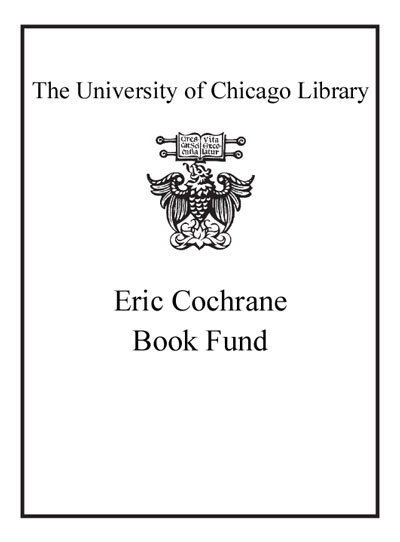Late Gothic sculpture in Northern Italy : Andrea da Giona and i Maestri Caronesi : an addition to the Pantheon of Venetian sculptors /
Saved in:
| Author / Creator: | Schulz, Anne Markham, 1938- author. |
|---|---|
| Imprint: | Turnhout, Belgium : Harvey Miller Publishers, [2022] ©2022 |
| Description: | 2 volumes : illustrations ; 31 cm |
| Language: | English |
| Series: | Studies in Medieval and Early Renaissance Art History Studies in medieval and early Renaissance art history. |
| Subject: | |
| Format: | Print Book |
| URL for this record: | http://pi.lib.uchicago.edu/1001/cat/bib/13013213 |
Regenstein, Bookstacks
| Call Number: |
NB623.G467S38 2022
|
|---|---|
| c.1 : v.1 | Available Loan period: standard loan Scan and Deliver Request for Pickup Need help? - Ask a Librarian |
| c.1 : v.2 | Available Loan period: standard loan Scan and Deliver Request for Pickup Need help? - Ask a Librarian |

